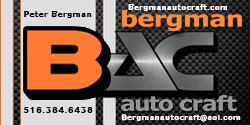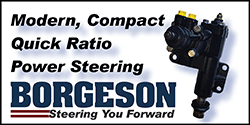My balance shop I found will balance a crank for a minimum of $75 IF you give him one complete piston and rod pack and tell him that all your parts are balanced to each other (pistons all weigh the same, rods, etc) If its a press pin piston, you need to give it to him apart so he can weight the big end seperate. There is an official jig that you put the rod on to balance the big end only (so it hangs from a pivot in the rod bearing bore at 90 degrees) but I find it interesting that the rod caps are the small end weight themselves. There is a youtube machine shop that does alot of race stuff that balances rods by just weighing/equalizing the capless rods, then weighing/equalizing the caps and grinding them from their balance points which are the pads at the ends.
Eagle adds 5g per rod for oil and 15g per rod on big blocks, they say those values work good, so that's alot of wiggle room per tolerances because they say that weight cannot be computed as it will change over RPM's and even location of rod. That tells me those weights are probably trivial to the balance as they are dynamic. Eagle cast 4" stroker crank bobweight is 2050 for an example. They make them a little heavy so the chances of adding $$ metal are reduce. I broke 1g worth of oil ring land (about 1.5 inches) on a piston and have to press the damn thing off to weigh the piston (and piece) again to balance the new one. I hate press fit pistons.
My MP cast stroker 4.00 X 4.00 pistons bare are 478.9, and the set had a 6g range! Try removing 6g from a stroker piston, near impossible so I had to grind some off the press fit pin. Not pretty but got them all to within .1g. I did that to all the reciprocating parts minus the rings..
They were curiously all the same weight! Duh......

Rover balanced their final assemblies to within 1oz-inch/72g-cm (whatever that computes to) at 500 rpm
..externally after the internal balance was stacked up by welding 'bits' to the crank pulley and flywheel. 50 to 80g-mm is the target for a sub F1 competition balance job, anything more was money wasted.

















